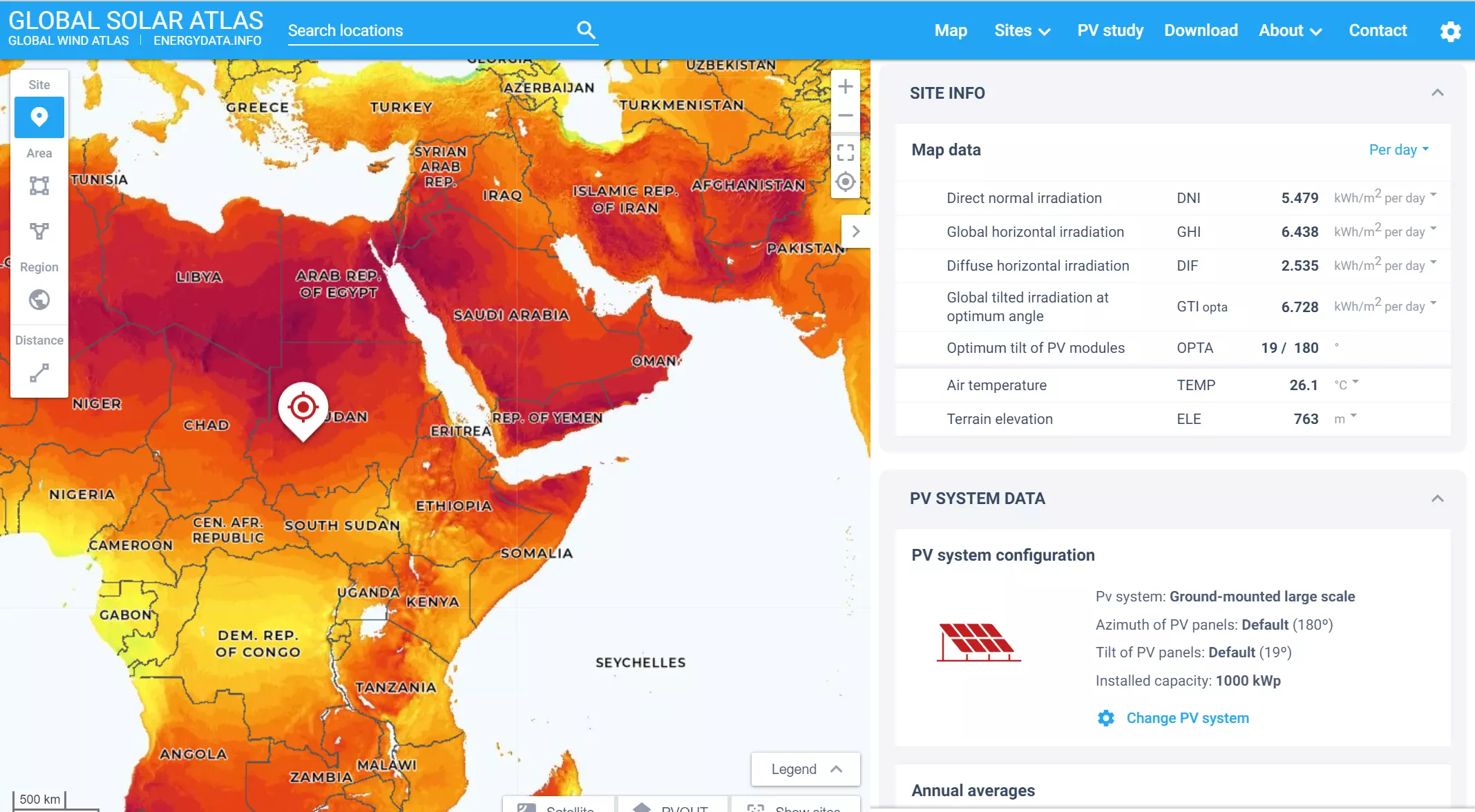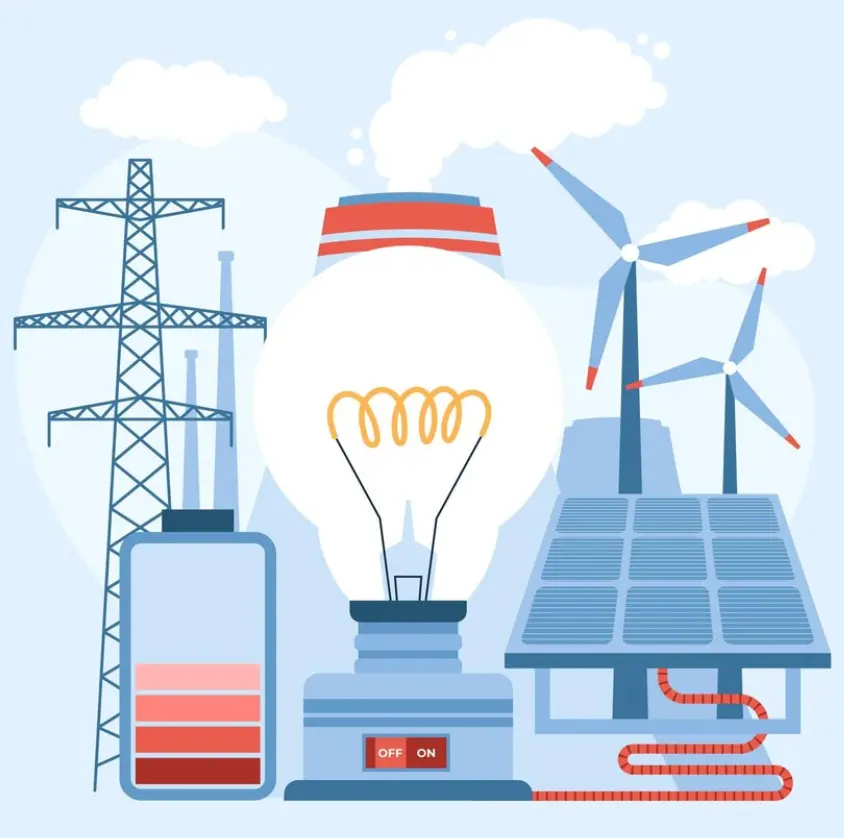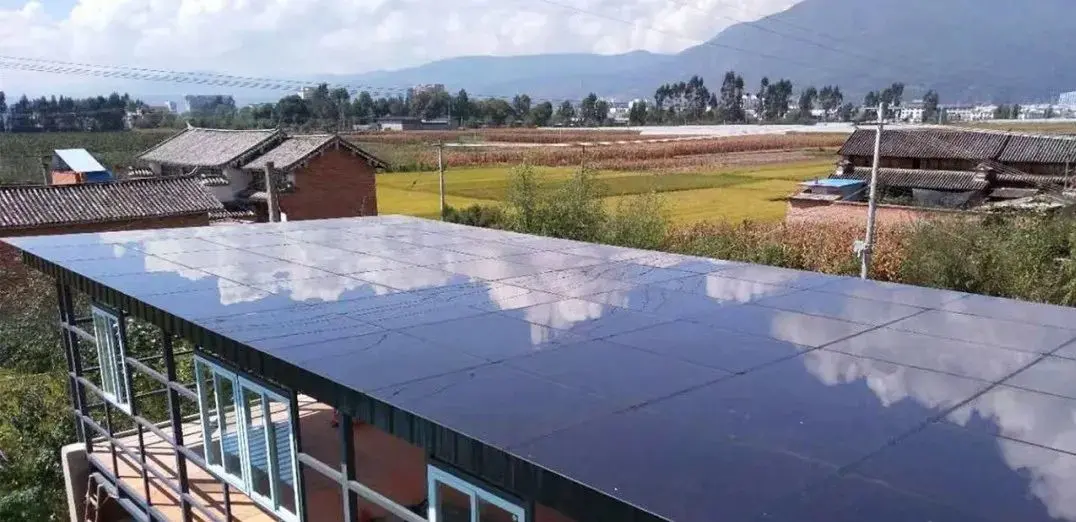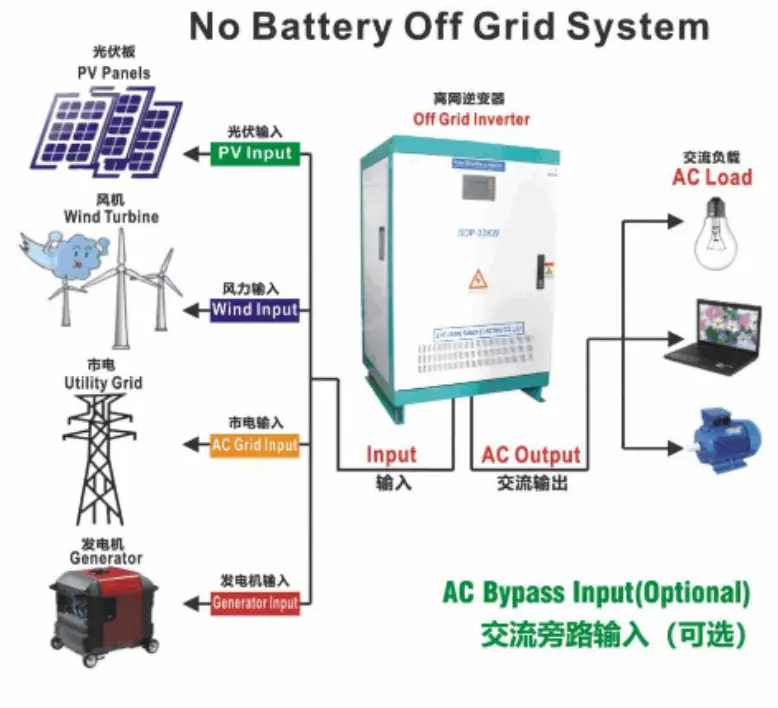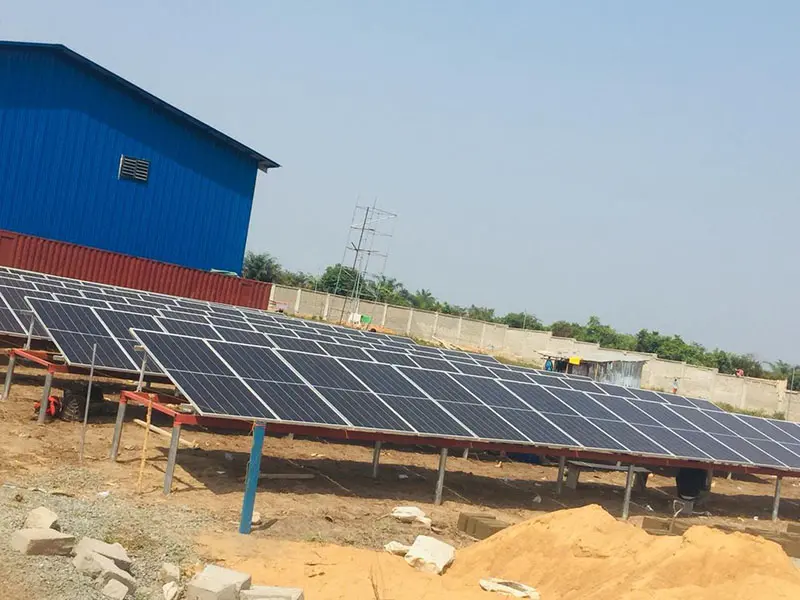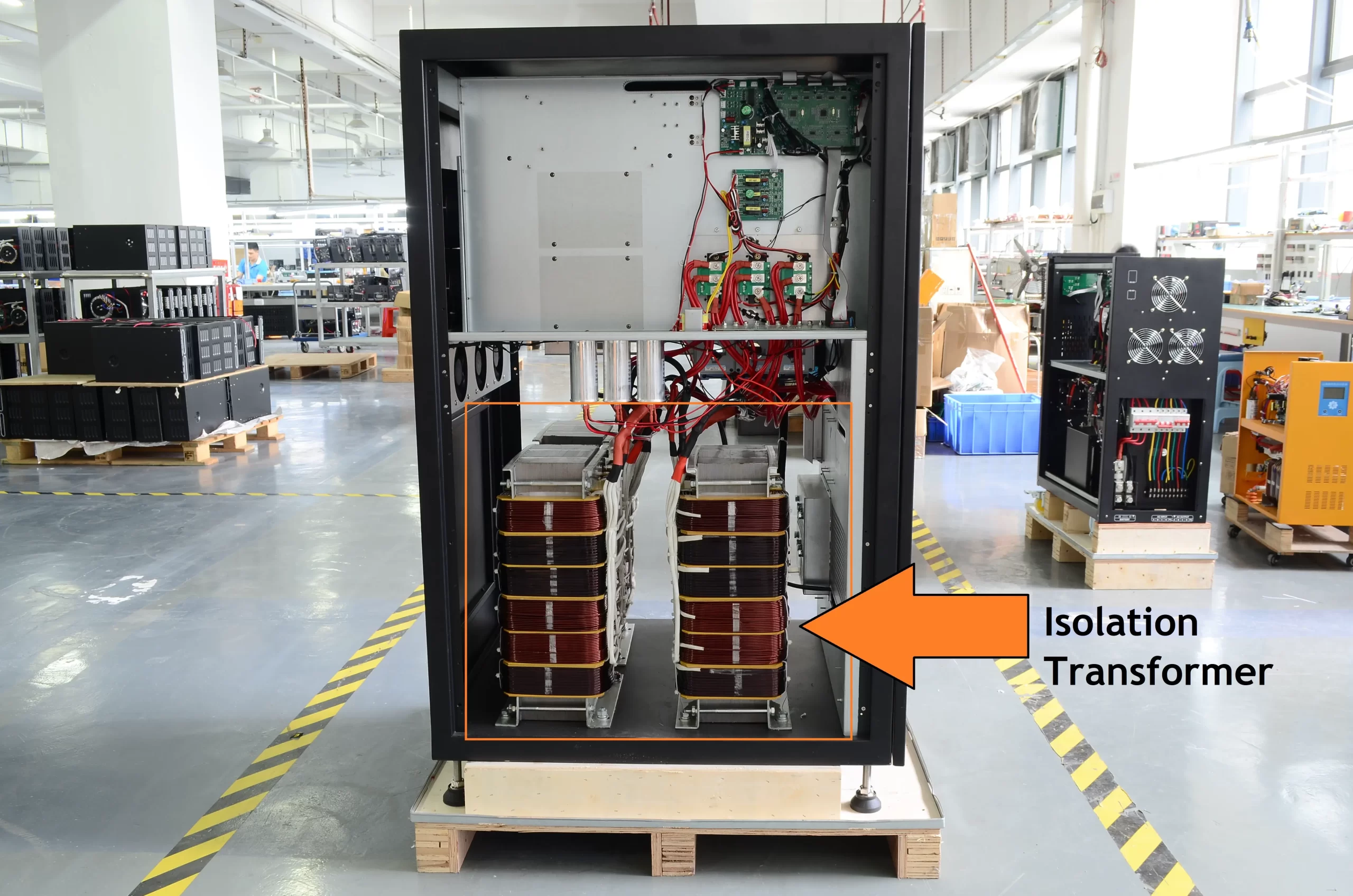With the improvement of production technology and purchasing channels, solar panels have never been so close to our daily lives.
You may be like other homeowners wondering what the benefits of solar electricity are and why so many people choose it.
Among them, the first question may be “How many solar panels do I need?“

According to PVMARS global user feedback, homes with an average roof area of 323 sq. ft. to 530 sq. ft. generally require 15-20 solar panels to save electricity bills and provide safe and green electricity.
Normally a solar panel is 21.5 square feet. Roof size determines how many solar panels you can use.
But it is not the only one. For example, PVMARS has specially customized a solar panel solution for vacation resorts, suitable for customers with limited roof area.
More factors that affect the number of solar panels you choose include the average daily consumption of your electrical equipment, sunshine hours, temperature, etc.
PVMARS will be explained one by one in this article, allowing you to consciously choose solar panels that meet your needs.
How many solar panels do you need based on these factors?
PVMARS can control output power, quantity, power generation efficiency, etc. Of solar panels.
What you can determine is how long you use the house appliance and how much you consume it.
Combine controllable resources to adapt to your environment and amplify and utilize them as much as possible.
Source of electricity
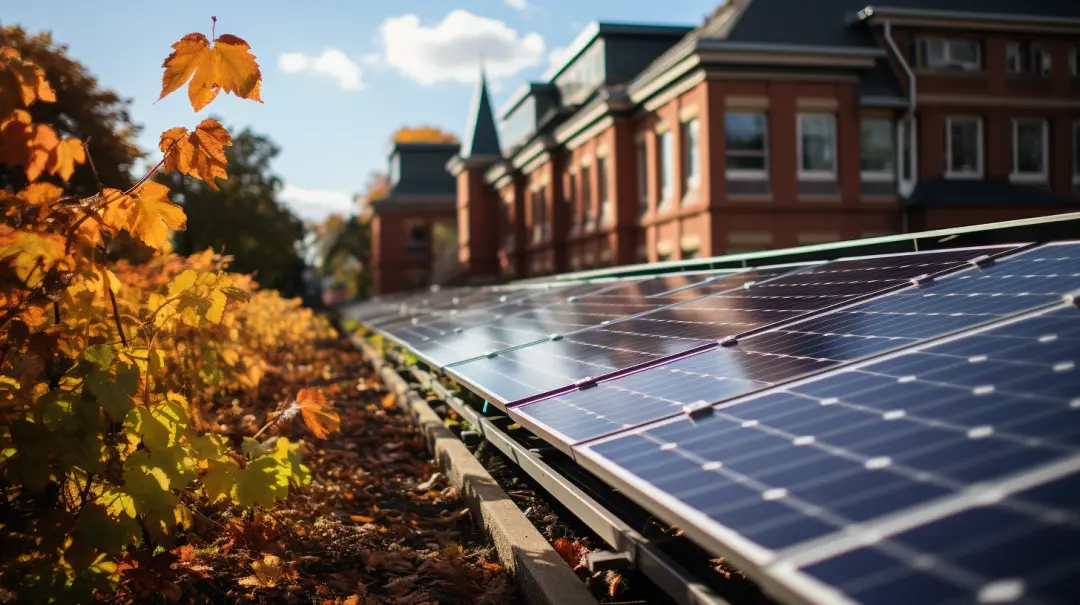
Photovoltaic (PV) panels are the catalyst for this green energy movement. Their main function is to convert sunlight into electrical energy, a process called photoelectric conversion.
This innovation makes it possible to harness abundant solar energy and convert it into a usable, sustainable source of electricity.
Almost every home has a solar system, which saves electricity bills and reduces our carbon footprint.
Throughout history, PV panels have gradually developed from the previously popular 250-watt model to 350w, 400w, 580w, 600w, and even larger wattage output powers.
In terms of power generation efficiency technology, PVMARS cooperates with well-known brands such as Jinko, LONGi, and Trina Solar to purchase their solar cells (such as N-type crystalline silicon wafers) and combine them with TOPCon technology to manufacture 26% efficient PV panels.
Data accuracy comes from PV-magazine
In the future, you won’t need to buy many solar panels to meet your house’s energy consumption.
As the power generation efficiency of PV panels increases, as long as you use larger wattage and more efficient solar panels to install on your roof, you no longer need to worry about whether the usable area of your roof is enough.
One solar panel's power generation
A customer once asked how much electricity a 100kW solar system could produce.
This problem is the relationship between PV panels’ power generation, daytime time, and temperature.
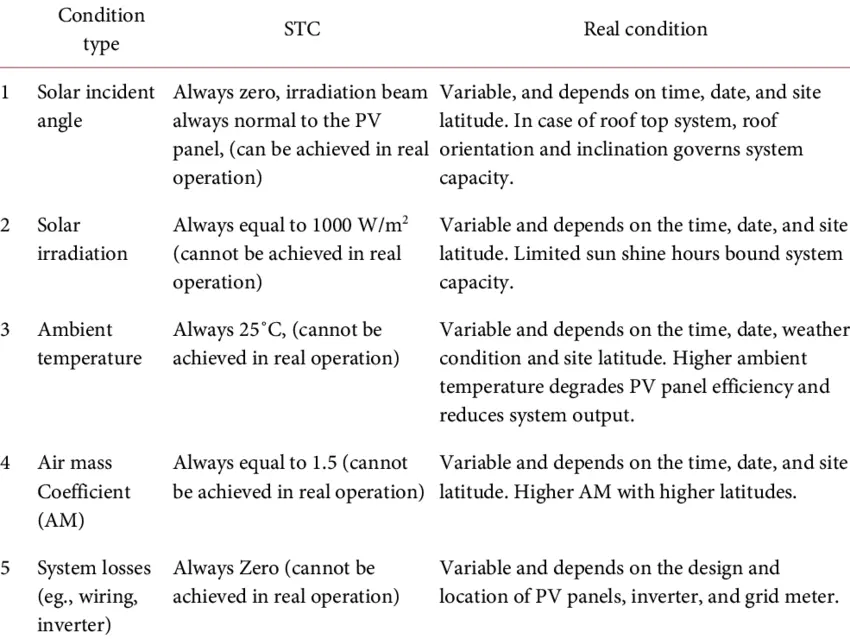
According to laboratory test data, as shown in the figure (Source from ResearchGate)
There are often errors between experimental data and actual conditions, and these parameters are only the basis for certification between manufacturers and consumers.
There aren’t many environments around the world that have the same sunshine time, location, and temperature etc. to reference.
PVMARS jumped out of the experimental data and rushed outdoors to conduct field tests for you.
Watch the video below to see the performance of a 550w N-type TOPCon solar panel in winter weather of 10°C-15°C, facing strong sunlight at noon.
Test results:
Voc: 50.88V / Isc: 13.76A – Lab Data
In the actual test, we got Voc: 48.9V and Isc: 13.9A.
According to the formula of P (power) = U (voltage) x I (current), the final generated power is 48.9V x 13.9A = 679.71W.
The power generated by a 550W solar panel in one hour is about 680Wh.
It can be seen from this that the actual deviation is that the temperature drop in winter affects PV panel power generation to a certain extent.
Secondly, there is a sunshine time difference. We conducted the test at 11 a.m. Comparing periods such as 8 a.m. and 5 p.m., solar panels’ power generation will also change accordingly.
You can click on the picture below and search based on the longitude and latitude data of your location displayed on Google Maps.
This will enable you to get the approximate average effective sunshine time.
PVMARS’ 17 years of solar energy industry experience tells you that the effective sunshine time in most areas is 4 to 6 hours.
Based on these data, we can calculate the approximate power generation of a PV panel.
We combine your electrical equipment consumption to predict how many solar modules you will ultimately need.
Average monthly or annual energy consumption
They reflect how often and for how long you use the appliance.
When you receive your electricity bill, in addition to complaining about the high cost of electricity, you may also be trying to find ways to reduce the number of times you use electrical appliances or choose more energy-saving electrical equipment.
But these methods can never get rid of the public utility grid control on you.
Let’s take American households as an example. According to EIA data, the typical monthly consumption of most households is about 899kWh.
Based on the calculation of the average sunshine time of 6 hours mentioned earlier, 899kwh / 30 days = 29,967W / 6 hours = 4995W / 350W = 14.3
About 15pcs x 350w solar panels can meet the typical monthly consumption of most households in the United States.
Or about 9 pieces of 550w solar modules.
These are averages, and not everyone consumes 899kWh of electricity. Therefore, it is necessary to find professionals to calculate and provide independent solar module solutions.
The above is the number of PV panels calculated based on sunshine hours during the day.
If there are cloudy and rainy days, solar modules will generate less power. Also at night, without sunlight radiation, photovoltaic panels cannot generate electricity.
You can get rid of high electricity bills or achieve energy independence.
Choosing a complete solar energy storage system is one of the most economical and safest decisions available.
Start counting your solar panels qty
We calculated it based on photovoltaic panels’ efficiency, power generation, sunshine hours, and average monthly consumption.
You can get a rough estimate of how many solar modules you will need, but these are simple. Here is a summary of the calculation process and points to note.
If you don’t like the tedious calculation process, you can download the load table, fill in the relevant information, and contact us.
Your professional engineers will calculate and provide a complete solution based on the information you provide.
The following is an example of a refined calculation:

Roof area: 2000 sq. Ft.
Average annual consumption: 32,485kWh (actually check your electricity bill or based on electrical equipment power)
Average sunshine duration: 4 hours
Optional solar panels: 350w (an area of approximately 21.5 sq. ft. each) or 550w (an area of approximately 30 sq. ft. each).
The higher the solar module’s wattage, the larger the size will be.
Convert average annual consumption to average monthly electricity usage:
32,485kWh x 1000 = 32,485,000wh
The resulting figure is divided by average sunshine hours x 365 days:
4 x 365 = 1460 hours – 32,485,000wh / 1460h = 22,250w
Divide by the PV panel wattage:
222,250w / 350w = 63.6
The total area calculated as an integer of 64pcs x 350W solar modules is approximately:
64 x 21.5 = 1376 sq. Ft.
Based on meeting roof area requirements, we can choose 350w solar panels, which ultimately require 64 solar panels for installation.
You can fill in and replace your corresponding values with the formula inside, and you will get the required number of solar panels.
Solar panels cost
After calculating the number of solar modules, the cost will also be calculated.
PVMARS has a complete PV panel production line and can provide competitive prices.
On average, homeowners save $3,000 to $18,000 per year on their energy bills using PVMARS solar panels.
As of January 2024, solar panels cost US$0.15 per watt, which means that the cost of a 350W solar module is 350 x 0.15 = US$52.5.
So according to the above example, the price of 64pcs x 350W PV modules is US$3,360.
Please note that this is only the PV panel price.
If you want energy independence, you will also need batteries for backup power at night or on rainy days.
This will be a solar energy storage system solution. If you want to know the price of energy storage, click on the orange font.
Finally, about the solar panel installation
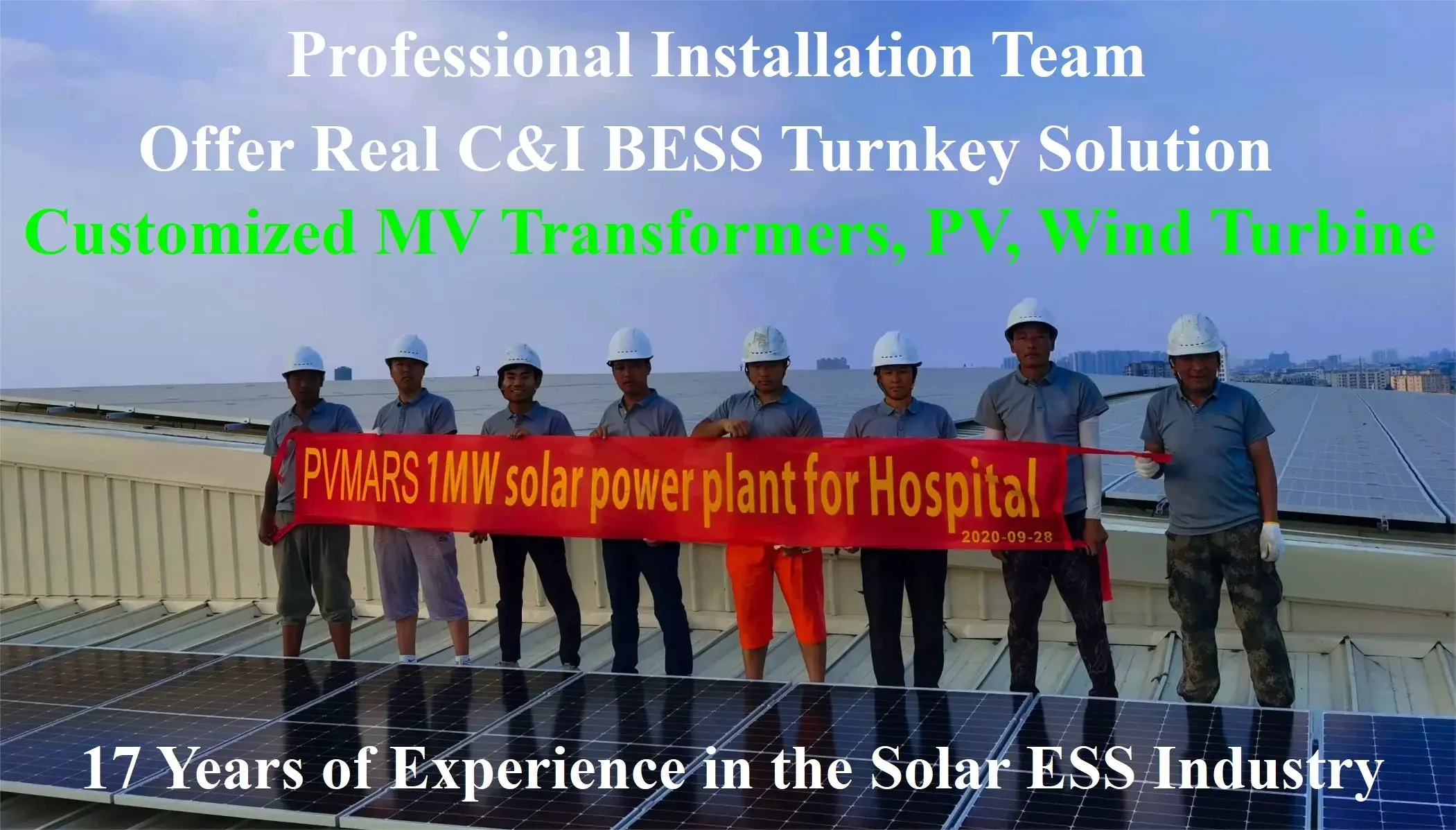
It’s worth using solar modules, which can last up to 25 or even 30 years. PV panels can save you a lot of electricity bills, and if you add batteries, you can achieve 0 electricity bills.
In addition to the product cost, you also need to think about how to install solar panels.
Should you find a local installer to set up them?
PVMARS also considered this, so it compiled articles and videos about installation.
In addition, you can also download the installation instruction manual and follow the detailed steps provided by PVMARS.
This will enable you to become a solar system installation engineer step by step.
Become an off-grid and energy-independent individual. Save your wallet while reducing carbon emissions for the blue planet and creating a better future.
Latest FAQs about solar modules
Can solar panels be recycled?
The answer is yes. The components of PV panels include glass, silicon, and aluminum alloy strips that fix the frame. These are all recyclable materials.
Will solar panels get cheaper?
The price of solar panels in 2020-2021 is US$0.28-0.32 per watt, and the current price of PV panels is US$0.15 per watt.
But silicon, one of the key raw materials for solar modules, has been rising recently.
It is difficult to say whether the price of PV panels will continue to fall.
But what you can be sure of is that compared to the high electricity bill, solar panels are still very cost-effective. The sooner you invest in it, the sooner PV panels will pay you back with high returns.
2000 sq.ft. house: how many solar panels?
Please look at the picture below.

Based on our experience, we have concluded that a house of 2000 sq. ft. will require approximately 19-25 solar panels.
It’s also worth noting that each home is unique, so electricity usage will vary greatly.
Get your best solar solution from PVMARS.
It is recommended that you bookmark this article. PVMARS will also update updated RFQs and prices for solar panels in the future.

